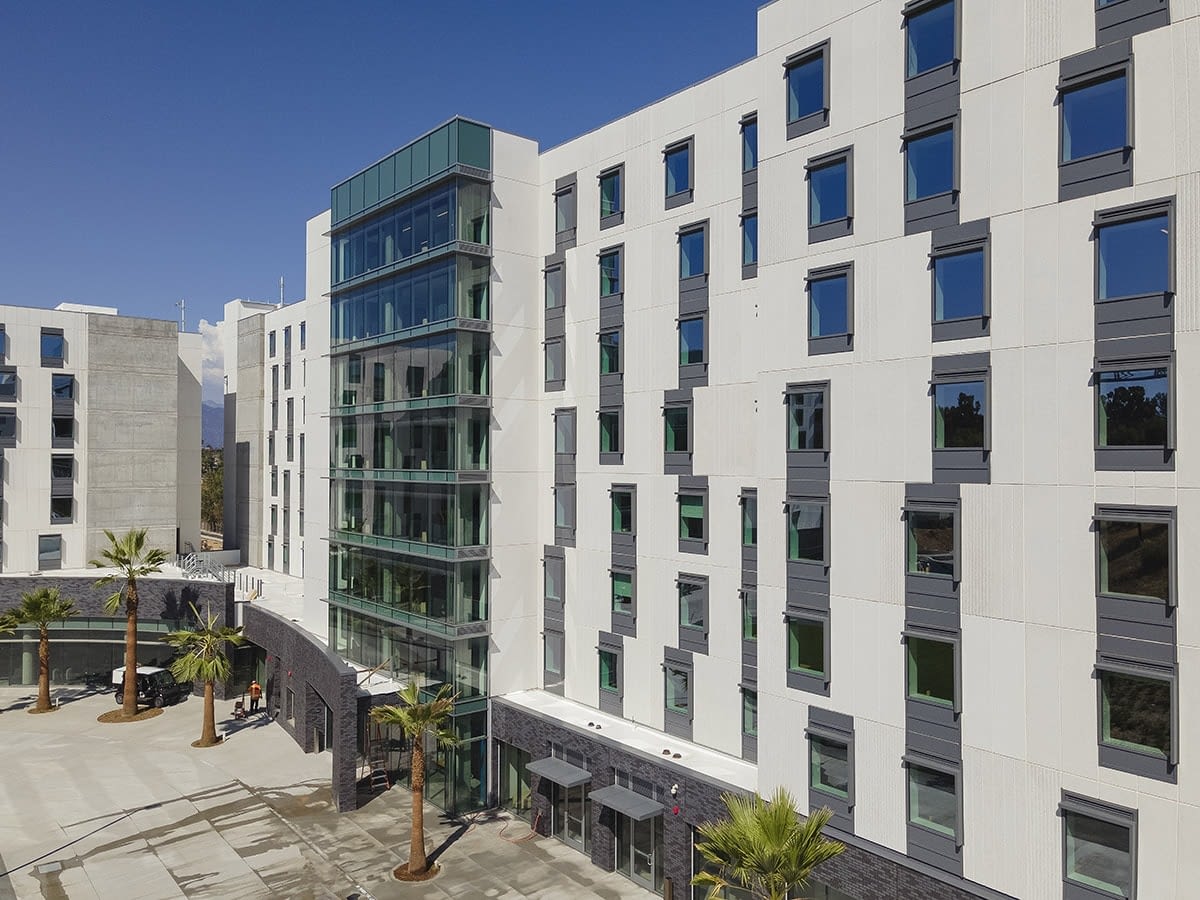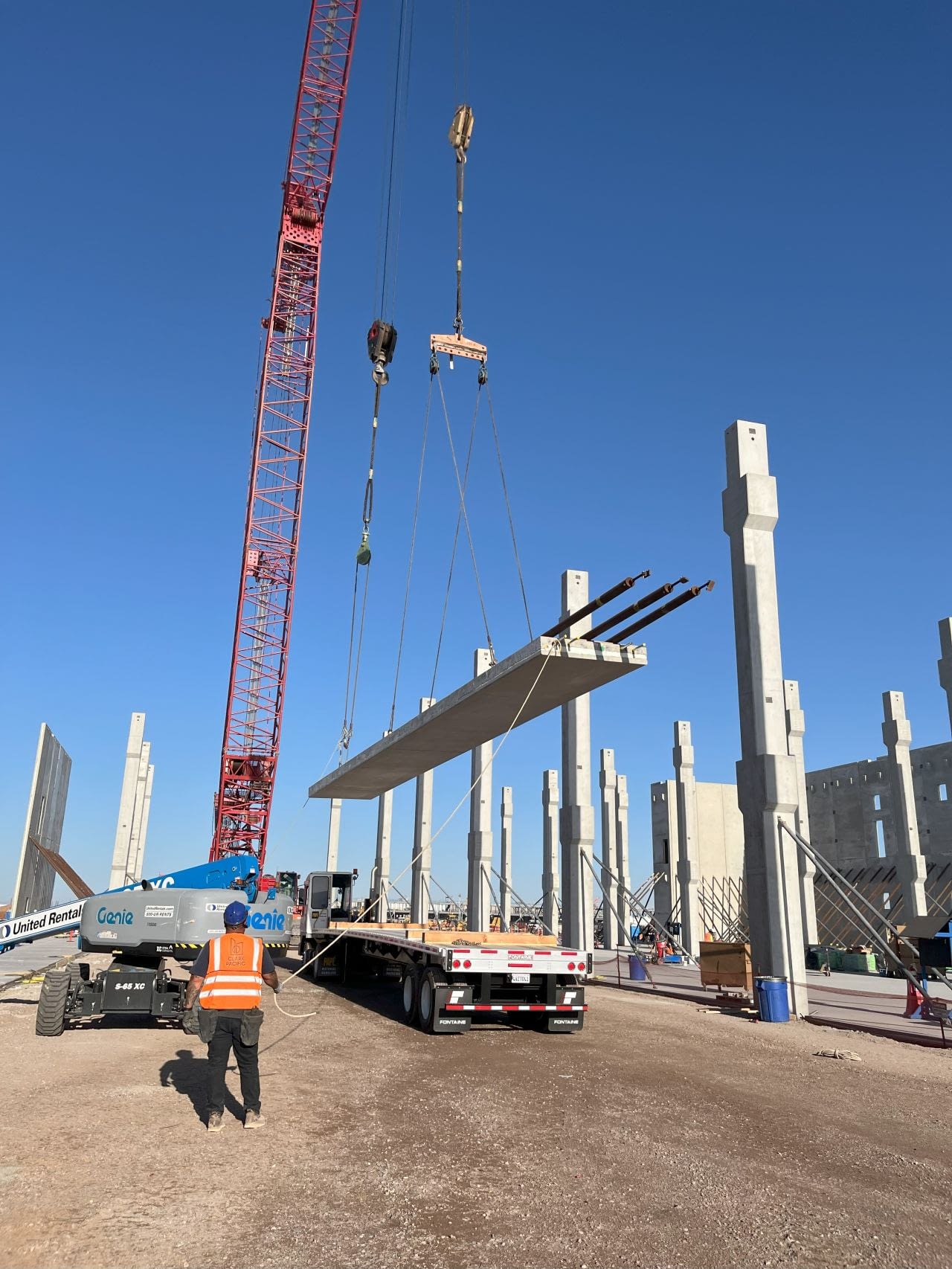Prefabricated facade systems address some of construction’s most pressing issues: productivity, cost certainty, schedule compliance, as well as building durability and sustainability. However, achieving these benefits relies on selecting a high-quality prefabrication partner and product, and engaging them early. It takes careful, thorough coordination to orchestrate the complex process of fabrication and assembly.
The ideal prefabricator will have established systems and processes in place to tackle that complexity, along with a product that can deliver on the goals you set for your project. Here’s how to ensure that you engage the right partner, with the right product, at the right time.
Consider prefabrication from project inception
Prefabrication requires collaboration between the owner, architect, envelope consultant, engineer, and prefabricator. And that collaboration must start early in the process. The best time to engage a prefabrication partner is halfway through design development or earlier. This gives each stakeholder an opportunity to establish their must-haves for the budget, timing, building capabilities, and design.
This early, frequent collaboration is key to taking advantage of prefabrication’s productivity, quality, scheduling, and cost benefits. It allows for a thorough scope review to determine which components of the envelope will be prefabricated, and which will fall under the purview of the general contractor. The goal of the scope review is to identify how best to leverage the benefits of prefabrication and the skills of the general contractor to create the highest quality final product.
Collaboration also gives the prefabricator an opportunity to set and communicate the bounds of constructability. While prefabrication offers a great deal of design flexibility, it’s important for the architect to understand how the facade will be fabricated and erected to create a constructible model from the beginning. To learn how to incorporate prefabrication into your processes, download the workbook, Developing Your Prefabricated Facade Strategy.
Selecting the right partner and product
The right prefabrication partner will have the in-house know-how to collaborate with the diverse group of stakeholders involved in your project. To ensure budget and scheduling compliance, they should follow established processes to guide planning and maintain frequent communication throughout the manufacturing, assembly, and post-construction phases of the project.
The prefabricated enclosure system itself is just as important as the prefabricator’s capabilities and approach. With so much on the line, it’s important to choose a prefabricated product that has been optimized for performance, resilience, and creative flexibility. Look for prefabricated systems that:
- Incorporate multiple building systems in one product, under a single warranty.
- Offer flexibility in materials selection, with considerations for weight, durability, maintenance, and visual appeal.
- Use joinery methods and materials that minimize the number of joints and required maintenance.
- Are inspected and tested to meet industry standards as part of a formal, documented quality control process.
Choosing a partner that can help you meet your goals
The right partner makes it possible to achieve your project goals. As a leader in prefabrication, Clark Pacific’s solutions reduce risk and ensure the sustainability and long-term durability of the building envelope. Our Infinite Facade solution pushes the boundaries of prefabricated facade systems by incorporating the standard frame, fire safing, insulation, barrier wall, and thermally broke windows into a single solution. Here’s why we’re the partner of choice for forward-thinking owners and architects on the West Coast:
- Our entire organization is structured to support collaboration. Our in-house experts in design, engineering, and prefabrication will work with you to incorporate your project must-haves and bring your vision to life.
- With Infinite Facade, we fabricate and install up to seven building systems in a controlled environment, which allows for better quality control. And we cover it all under a single warranty.
- We’ve maximized the use of materials and processes to reduce waste, shorten the project schedule, and maintain budget control.
Infinite Facade has also been independently proven to reduce greenhouse gas emissions over the lifecycle of the building. In a comparison of commercial office buildings in Los Angeles, Sacramento, and San Francisco, the Infinite Facade system was found to reduce heating energy by ~30% compared to typical construction assemblies. Another independent study found that it has lower overall global warming potential than curtain wall and rain screen assemblies. To learn more about the findings of these independent studies, and the methodology behind them, watch The Building Envelope: Where Operational and Embodied Carbon Intersect.
Learn more about Infinite Facade here.



